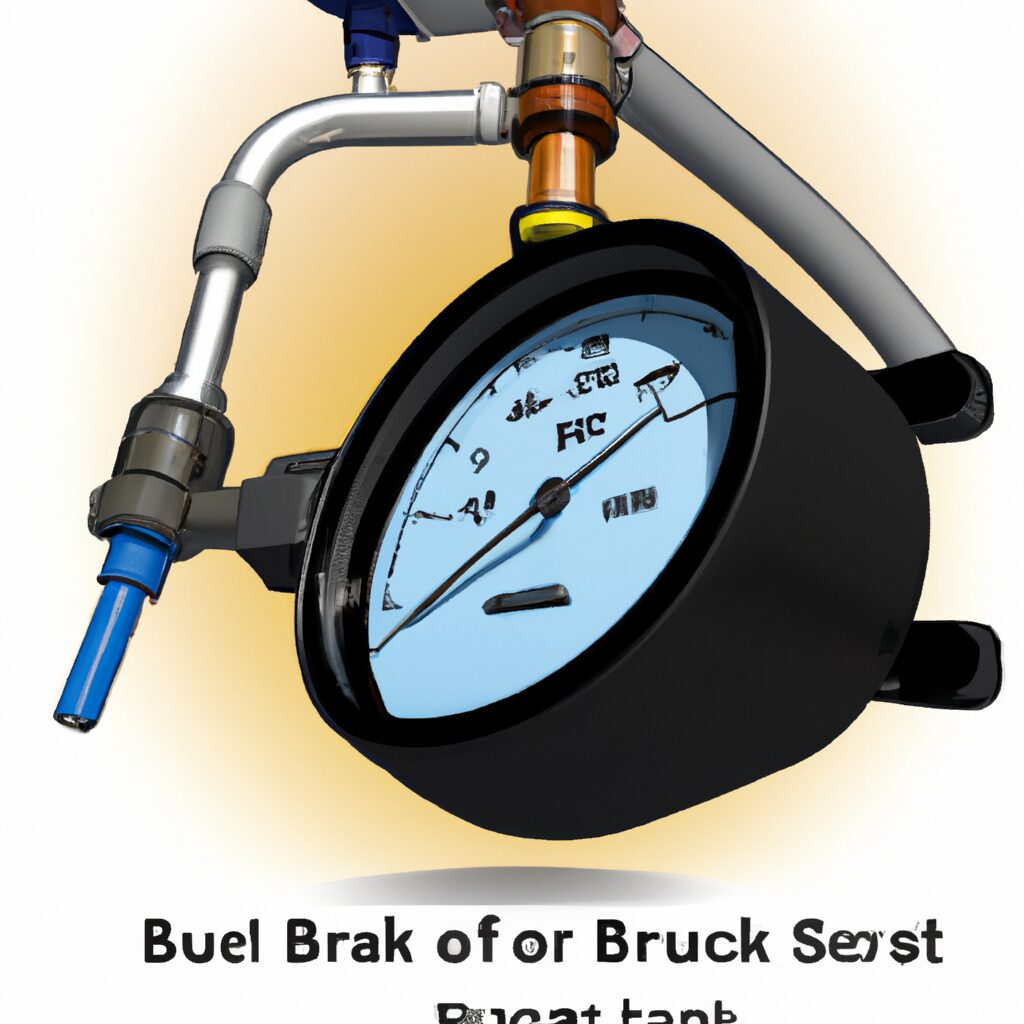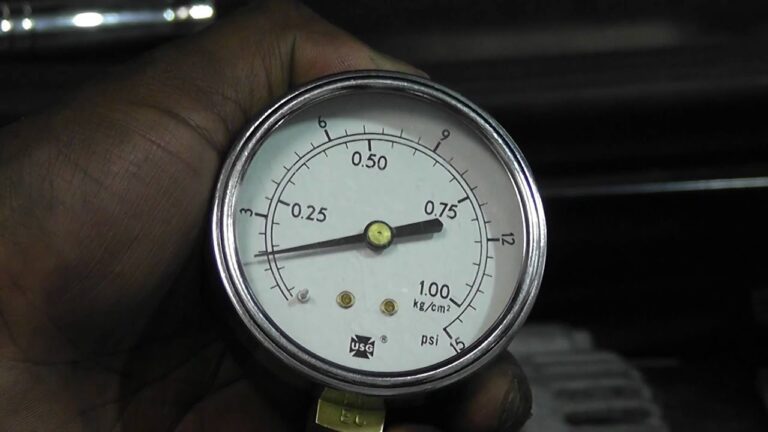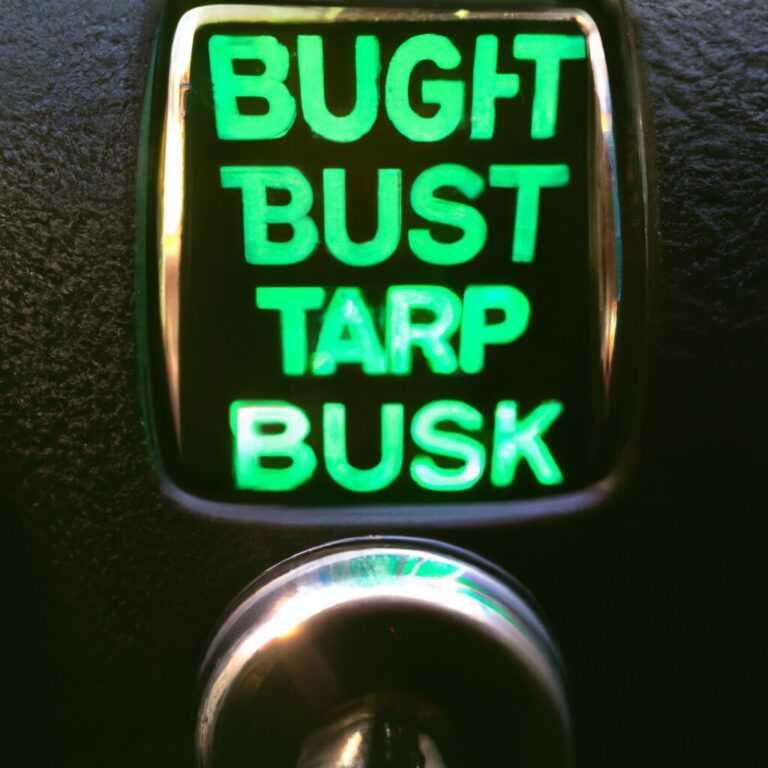brake fluid pressure is measured in what unit
Introduction
Brake fluid pressure is an important factor in the performance of a vehicle’s braking system. It is measured in pounds per square inch (psi) and is responsible for providing the necessary hydraulic pressure to activate the brakes. The pressure of the brake fluid must be maintained at a certain level in order to ensure the brakes are working properly. Too much pressure can cause the brakes to lock up, while too little pressure can cause them to be less responsive. It is important to regularly check the brake fluid pressure to ensure the brakes are working correctly.
How to Check Brake Fluid Pressure and What Unit It Is Measured In
Checking the brake fluid pressure is an important part of maintaining the safety of your vehicle. It is important to check the brake fluid pressure regularly to ensure that your brakes are functioning properly.
To check the brake fluid pressure, you will need to locate the brake fluid reservoir. This is usually located near the brake master cylinder, which is typically located near the firewall of the vehicle. Once you have located the reservoir, you will need to remove the cap and check the level of the fluid. The fluid should be at the “full” mark on the reservoir. If the fluid is below the “full” mark, you will need to add more brake fluid.
Once you have checked the level of the fluid, you will need to check the pressure of the brake fluid. This is done by using a pressure gauge. The pressure gauge should be connected to the brake fluid reservoir and the pressure should be checked at the “full” mark. The pressure should be between 10 and 15 psi (pounds per square inch). If the pressure is lower than 10 psi, you will need to add more brake fluid.
It is important to check the brake fluid pressure regularly to ensure that your brakes are functioning properly. If the pressure is too low, it can cause the brakes to be less effective and can even lead to brake failure. Checking the brake fluid pressure is an important part of maintaining the safety of your vehicle.
The Benefits of Regularly Checking Brake Fluid Pressure
Regularly checking the brake fluid pressure is an important part of vehicle maintenance. Brake fluid is a hydraulic fluid that is used to transfer force into pressure, and to amplify braking force. It is essential for the proper functioning of the braking system. Checking the brake fluid pressure regularly helps to ensure that the brakes are working properly and that the vehicle is safe to drive.
The most important benefit of regularly checking brake fluid pressure is that it helps to prevent brake failure. If the brake fluid pressure is too low, it can cause the brakes to become less effective, or even fail completely. This can be extremely dangerous, as it can lead to a loss of control of the vehicle. Regularly checking the brake fluid pressure helps to ensure that the brakes are working properly and that the vehicle is safe to drive.
Another benefit of regularly checking brake fluid pressure is that it can help to identify any potential problems with the braking system. If the brake fluid pressure is too low, it can indicate a leak in the system, or a problem with the brake lines. By regularly checking the brake fluid pressure, any potential problems can be identified and addressed before they become more serious.
Finally, regularly checking brake fluid pressure can help to extend the life of the braking system. If the brake fluid pressure is too low, it can cause the brakes to wear out more quickly. By regularly checking the brake fluid pressure, any potential problems can be identified and addressed before they become more serious, helping to extend the life of the braking system.
In conclusion, regularly checking brake fluid pressure is an important part of vehicle maintenance. It helps to prevent brake failure, identify potential problems with the braking system, and extend the life of the braking system. Therefore, it is important to check the brake fluid pressure regularly to ensure that the brakes are working properly and that the vehicle is safe to drive.
What Causes Low Brake Fluid Pressure and How to Fix It
Low brake fluid pressure is a common issue that can cause a variety of problems with your vehicle’s braking system. This issue can be caused by a variety of factors, including air in the brake lines, a faulty master cylinder, or a leak in the brake lines. If left unchecked, low brake fluid pressure can lead to a decrease in braking performance, as well as an increased risk of brake failure.
The first step in addressing low brake fluid pressure is to identify the source of the issue. If the brake lines are leaking, the leak must be located and repaired. If the master cylinder is faulty, it must be replaced. If air is present in the brake lines, it must be bled out.
Once the source of the issue has been identified, the next step is to refill the brake fluid reservoir. This should be done with a quality brake fluid that meets the manufacturer’s specifications. Once the reservoir is full, the brakes should be tested to ensure that the pressure is adequate.
Finally, it is important to regularly inspect the brake lines and master cylinder for signs of wear or damage. If any issues are found, they should be addressed immediately to prevent further damage and ensure that the brakes are functioning properly.
By following these steps, you can ensure that your vehicle’s brakes are functioning properly and that you are not at risk of brake failure due to low brake fluid pressure.
How to Choose the Right Brake Fluid for Your Vehicle
When it comes to maintaining your vehicle, brake fluid is an essential component. Choosing the right brake fluid for your vehicle is important for ensuring the safety and performance of your brakes. Here are some tips to help you select the right brake fluid for your vehicle.
First, check your vehicle’s owner’s manual to determine the type of brake fluid that is recommended for your vehicle. Different vehicles require different types of brake fluid, so it is important to make sure you are using the correct type.
Second, consider the climate in which you will be driving. Different types of brake fluid are designed for different climates. For example, if you live in a cold climate, you should choose a brake fluid that is designed for cold temperatures.
Third, consider the type of brake system in your vehicle. Different brake systems require different types of brake fluid. For example, some vehicles require a DOT 3 brake fluid, while others require a DOT 4 brake fluid.
Finally, consider the cost of the brake fluid. Different types of brake fluid can vary in price, so it is important to choose a brake fluid that fits within your budget.
By following these tips, you can ensure that you are choosing the right brake fluid for your vehicle. Doing so will help to ensure the safety and performance of your brakes.
The Different Types of Brake Fluid and Their Uses
Brake fluid is a vital component of any vehicle’s braking system. It is responsible for transferring the pressure from the brake pedal to the brakes, allowing them to slow or stop the vehicle. There are several different types of brake fluid available, each with its own unique properties and uses.
The most common type of brake fluid is DOT 3. This is a glycol-based fluid that is compatible with most vehicles. It is designed to withstand temperatures up to 205°C and has a low freezing point. It is also hygroscopic, meaning it absorbs moisture from the air, which can cause corrosion and reduce its effectiveness.
DOT 4 is a higher-performance version of DOT 3. It is also glycol-based, but it has a higher boiling point of 230°C and a higher viscosity. This makes it more resistant to heat and more effective at transferring pressure.
DOT 5 is a silicone-based fluid that is not compatible with DOT 3 or 4. It has a higher boiling point of 260°C and is non-hygroscopic, meaning it does not absorb moisture from the air. This makes it ideal for use in high-performance vehicles, as it is less likely to suffer from corrosion.
Finally, DOT 5.1 is a hybrid of DOT 3 and DOT 4. It is glycol-based, but it has a higher boiling point of 260°C and a higher viscosity. This makes it more resistant to heat and more effective at transferring pressure.
No matter which type of brake fluid you choose, it is important to ensure that it is compatible with your vehicle and that it is changed regularly. This will help to ensure that your brakes are always in top condition and that you can rely on them to keep you safe on the road.
How to Properly Store and Dispose of Brake Fluid
Brake fluid is a vital component of any vehicle’s braking system. It is important to store and dispose of brake fluid properly to ensure the safety of your vehicle and the environment.
Storing Brake Fluid
Brake fluid should be stored in a cool, dry place away from direct sunlight. It should also be kept away from any sources of heat or ignition, such as a furnace or stove. The container should be tightly sealed to prevent any moisture from entering.
Disposing of Brake Fluid
Brake fluid should never be poured down the drain or into the ground. It is considered hazardous waste and must be disposed of properly. Contact your local waste management facility for information on how to properly dispose of brake fluid.
In conclusion, brake fluid is an important component of any vehicle’s braking system. It is important to store and dispose of brake fluid properly to ensure the safety of your vehicle and the environment.
The Importance of Maintaining Proper Brake Fluid Pressure
Maintaining proper brake fluid pressure is essential for the safe operation of any vehicle. Brake fluid is a hydraulic fluid that is used to transfer the force of the brake pedal to the brakes themselves. Without proper brake fluid pressure, the brakes will not be able to stop the vehicle in a timely manner, which can lead to serious accidents.
The brake fluid pressure is determined by the amount of fluid in the system and the amount of pressure applied to the brakes. If the pressure is too low, the brakes will not be able to stop the vehicle in a timely manner. If the pressure is too high, the brakes will be too sensitive and could cause the vehicle to skid or spin out of control.
It is important to check the brake fluid pressure regularly to ensure that it is at the correct level. This can be done by using a pressure gauge or by having a professional mechanic check the pressure. If the pressure is too low, the brake fluid should be topped up to the correct level. If the pressure is too high, the brake fluid should be bled off until it is at the correct level.
In addition to checking the brake fluid pressure, it is also important to check the condition of the brake system. This includes checking the brake pads, rotors, and calipers for wear and tear. If any of these components are worn or damaged, they should be replaced as soon as possible.
Maintaining proper brake fluid pressure is essential for the safe operation of any vehicle. It is important to check the pressure regularly and to replace any worn or damaged components as soon as possible. Doing so will ensure that the brakes are able to stop the vehicle in a timely manner and help to prevent serious accidents.
Common Problems Associated with Low Brake Fluid Pressure and How to Avoid Them
Low brake fluid pressure is a common problem that can lead to serious safety issues. It is important to understand the causes of low brake fluid pressure and how to avoid them.
The most common cause of low brake fluid pressure is a leak in the brake system. This can be caused by a worn or damaged brake line, a faulty brake caliper, or a loose connection. If the leak is not addressed, it can lead to a decrease in brake fluid pressure and a decrease in braking performance. To avoid this problem, it is important to regularly inspect the brake system for any signs of wear or damage.
Another common cause of low brake fluid pressure is air in the brake system. Air can enter the system through a leak or a faulty seal. If air is present in the system, it can reduce the pressure of the brake fluid and cause a decrease in braking performance. To avoid this problem, it is important to regularly check the brake system for any signs of air leaks or faulty seals.
Finally, low brake fluid pressure can also be caused by a lack of maintenance. If the brake fluid is not changed regularly, it can become contaminated and cause a decrease in pressure. To avoid this problem, it is important to follow the manufacturer’s recommended maintenance schedule and change the brake fluid as needed.
By understanding the causes of low brake fluid pressure and taking the necessary steps to avoid them, you can ensure that your brakes are functioning properly and that you are driving safely.
Q&A
1. Brake fluid pressure is typically measured in pounds per square inch (psi).
Conclusion
In conclusion, brake fluid pressure is measured in pounds per square inch (psi). This unit of measurement is used to ensure that the brake system is functioning properly and that the brakes are able to stop the vehicle safely. It is important to regularly check the brake fluid pressure to ensure that the brakes are working correctly and that the vehicle is safe to drive.



